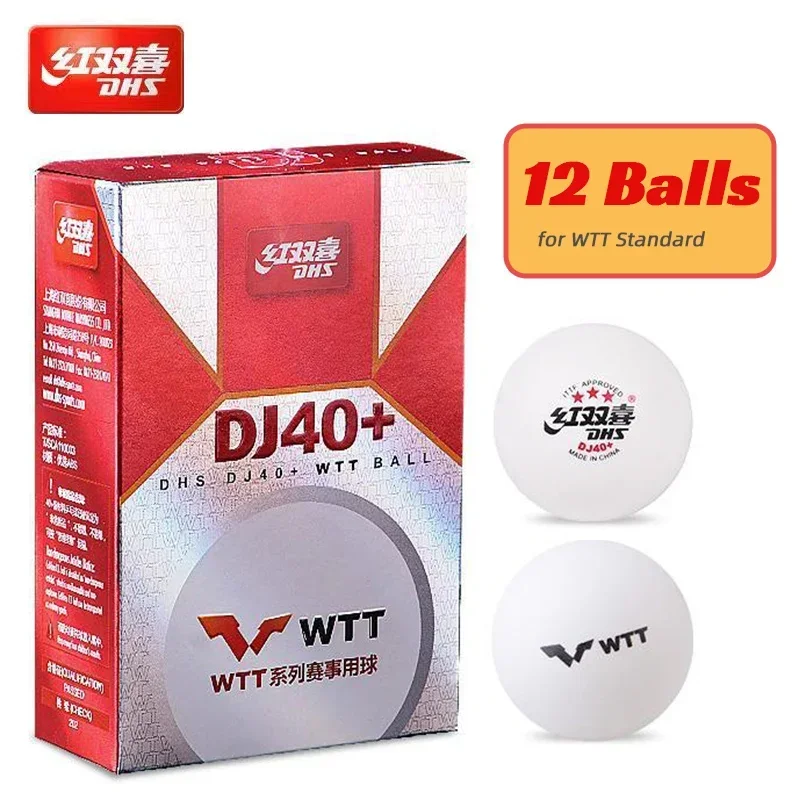What is Shunting and Why is it Done in Railways?
Shunting, also known as switching, is a railway operation that involves moving railcars or locomotives within a railway yard or station to assemble or disband trains. It is an essential process for efficient railway operations, as it allows for the formation of trains with the desired composition and order of cars.
Shunting is typically carried out by specialized locomotives known as switchers or shunters, which are smaller and more maneuverable than mainline locomotives. These locomotives are equipped with couplers and buffer systems that allow them to couple and push or pull railcars and locomotives.
Shunting is necessary for a variety of reasons, including:
- Forming trains: Shunting allows for the assembly of trains with the correct cars in the desired order. This ensures that trains are properly loaded, balanced, and configured for their intended destination and type of cargo.
- Disbanding trains: Shunting is also used to break down trains into smaller groups of cars or individual cars. This may be necessary for maintenance, repairs, or when trains are destined for different locations.
- Sortation: Shunting can be used to sort railcars based on their destination, type, or other factors. This helps to streamline the loading and unloading process and ensure that cars are delivered to the correct location.
Understanding the process of shunting and its importance is crucial for the efficient operation of railways and the safe and timely delivery of goods and passengers.
Related Questions and Answers:
- What is a shunting locomotive? A shunting locomotive is a specialized locomotive designed for maneuvering railcars and locomotives within railway yards and stations.
- Why is shunting important in railways? Shunting is essential for assembling and disbanding trains, sorting railcars, and facilitating the efficient movement of goods and passengers.
- How do shunting locomotives operate? Shunting locomotives are equipped with couplers and buffer systems that allow them to couple and push or pull railcars and locomotives.
- What factors influence the process of shunting? Factors such as the size and layout of the railway yard, the number and type of railcars, and the desired train composition all influence the shunting process.
- Are there different types of shunting operations? Yes, there are various types of shunting operations, including hump shunting, flat shunting, and wagon shunting, each with its own methods and applications.
Related Hot Selling Products:
- Bachmann Trains N Scale EMD GP40 Diesel Locomotive
- Atlas Model Railroad HO Scale SW1500 Diesel Switcher
- Kato N Scale EMD GP38 Diesel Locomotive
- Lionel Trains O Scale GP30 Diesel Locomotive
- Micro-Trains Line HO Scale EMD SW1500 Diesel Switcher
Pre:What can a landowner in TN do to protect his livestock in Tennessee
Next:How much physical skill does hunting require compared with gathering resources by hand











